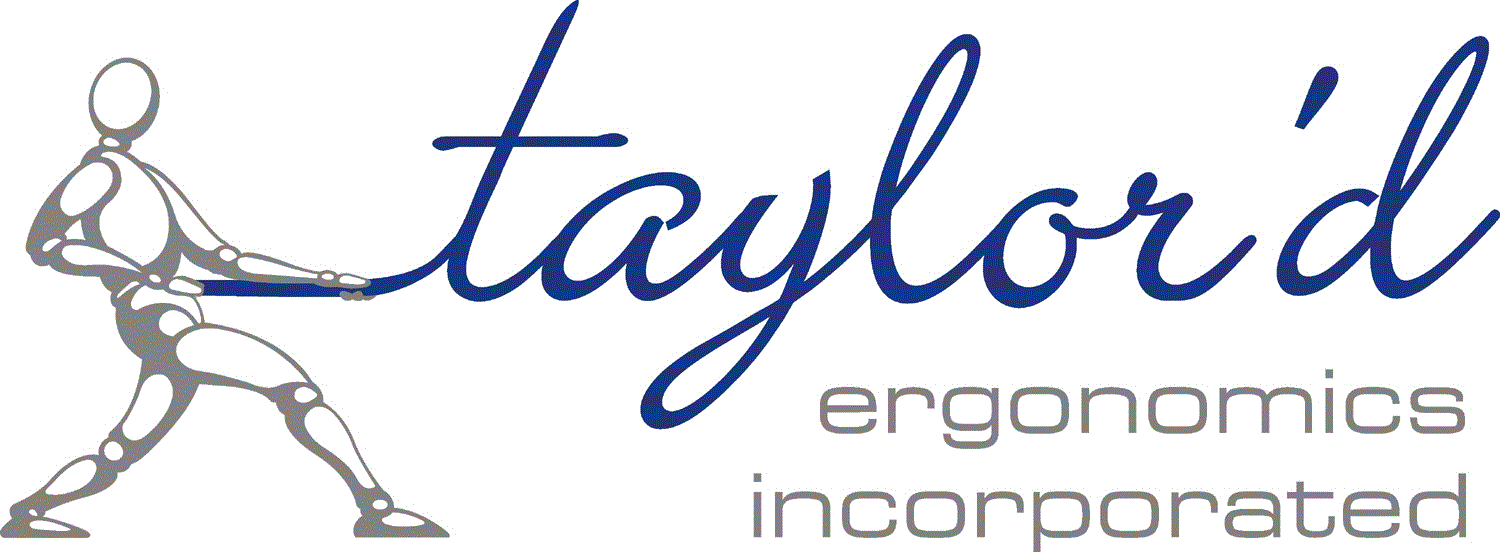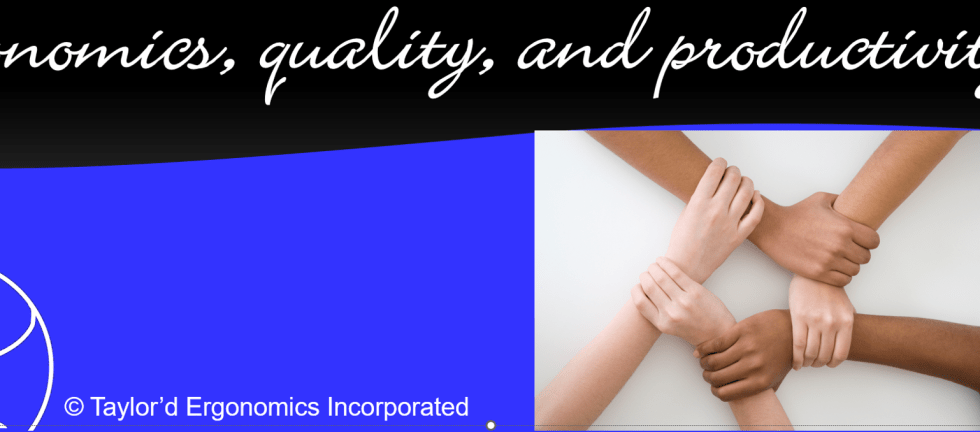Directionally challenged: When assessing effort, direction matters
When you see a worker pushing, pulling, or lifting a load, you might wonder how much effort they are using. As an ergonomist in a workplace, we are usually compelled to measure that force. We can use a force gauge to measure the weights and push/pull forces required on the job. You might also think […]









